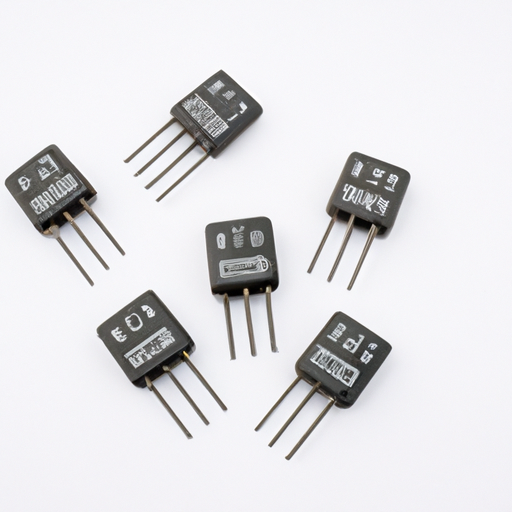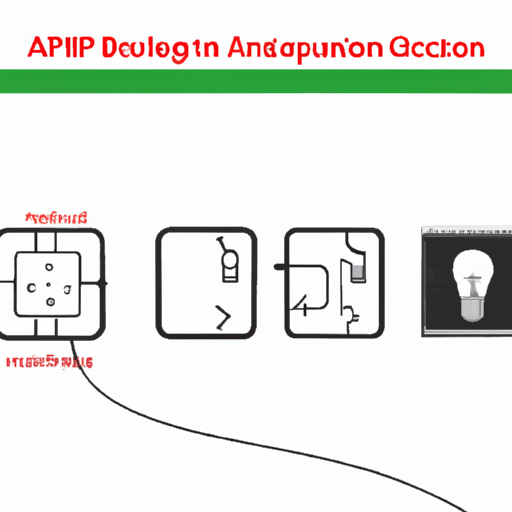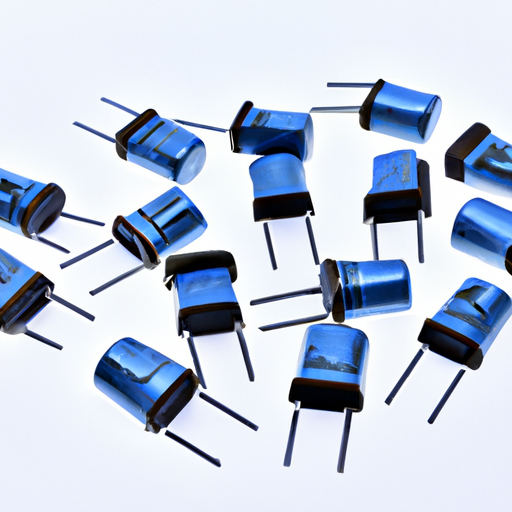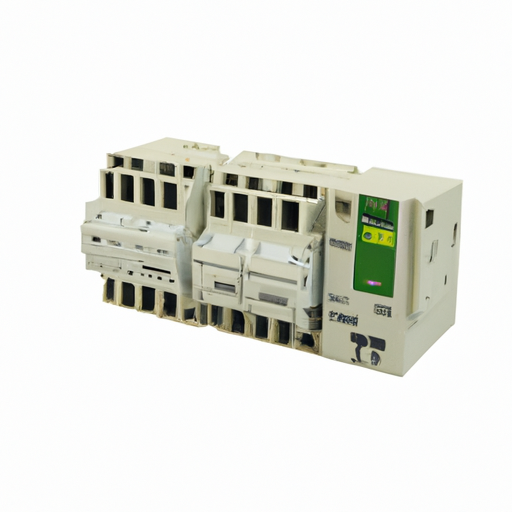Overview of Varistors and MOVs
Varistors (Voltage-Dependent Resistors) and MOVs (Metal Oxide Varistors) are critical components in electronic circuits, primarily utilized for voltage clamping and surge protection. They serve to shield sensitive electronic devices from voltage spikes, which can occur due to lightning strikes, power surges, or other transient events.
Core Functional Technology
1. Voltage Clamping: Varistors possess a nonlinear resistance characteristic, where their resistance drops significantly when the voltage exceeds a specified threshold. This property allows them to clamp high voltage spikes, effectively diverting excess energy away from sensitive components.
2. Energy Absorption: MOVs are capable of absorbing and dissipating substantial amounts of energy, making them ideal for applications where transient voltage spikes are prevalent. Their ability to handle high surge currents is crucial for protecting circuits from damage.
3. Temperature Stability: Modern MOVs are engineered to function effectively across a broad temperature range, ensuring reliability in diverse environmental conditions.
4. Fast Response Time: Varistors respond to voltage changes in nanoseconds, which is essential for protecting sensitive electronics from transient events that could cause damage.
5. Durability and Longevity: High-quality MOVs are designed to endure multiple surge events without significant degradation, ensuring long-term reliability in protective applications.
Application Development Cases
1. Consumer Electronics: Varistors are extensively used in power strips and surge protectors to safeguard devices such as computers, televisions, and home appliances from voltage spikes. For example, a power strip equipped with MOVs can protect connected devices from surges caused by lightning or power outages, enhancing user safety and device longevity.
2. Industrial Equipment: In industrial environments, MOVs are integrated into motor drives and control systems to protect against voltage transients that can occur during switching operations. This application is vital for preventing damage to sensitive control electronics and ensuring operational continuity in manufacturing processes.
3. Telecommunications: MOVs are employed in telecom equipment to shield against voltage surges from lightning strikes or power line disturbances. They are commonly integrated into network interface devices, ensuring the reliability and stability of communication systems, which is critical for uninterrupted service.
4. Renewable Energy Systems: In solar inverters and wind turbine controllers, MOVs are utilized to protect against voltage spikes that can arise from rapid changes in load or environmental conditions. This application is essential for maintaining the integrity and efficiency of renewable energy systems, contributing to sustainable energy solutions.
5. Automotive Applications: With the increasing prevalence of electric vehicles (EVs), MOVs are increasingly used in automotive electronics to protect against voltage transients in battery management systems and charging circuits. This application is crucial for ensuring the safety and reliability of EV components, enhancing overall vehicle performance.
6. Medical Devices: In medical equipment, where reliability is paramount, MOVs are employed to protect sensitive electronics from voltage spikes that could compromise device functionality. This application is critical for ensuring patient safety and maintaining the performance of life-saving devices.
Conclusion
Varistors and MOVs are indispensable in protecting electronic devices across a wide range of applications. Their ability to clamp voltage spikes, absorb energy, and operate reliably under various conditions makes them essential components in modern electronics. As technology continues to advance, the development of more sophisticated MOVs and varistors will further enhance their effectiveness in safeguarding sensitive equipment, ensuring the longevity and reliability of electronic systems in an increasingly complex technological landscape.













